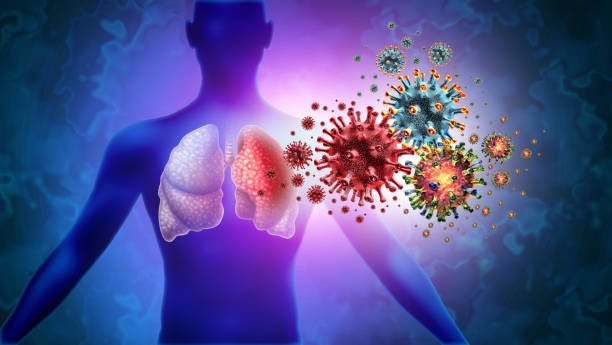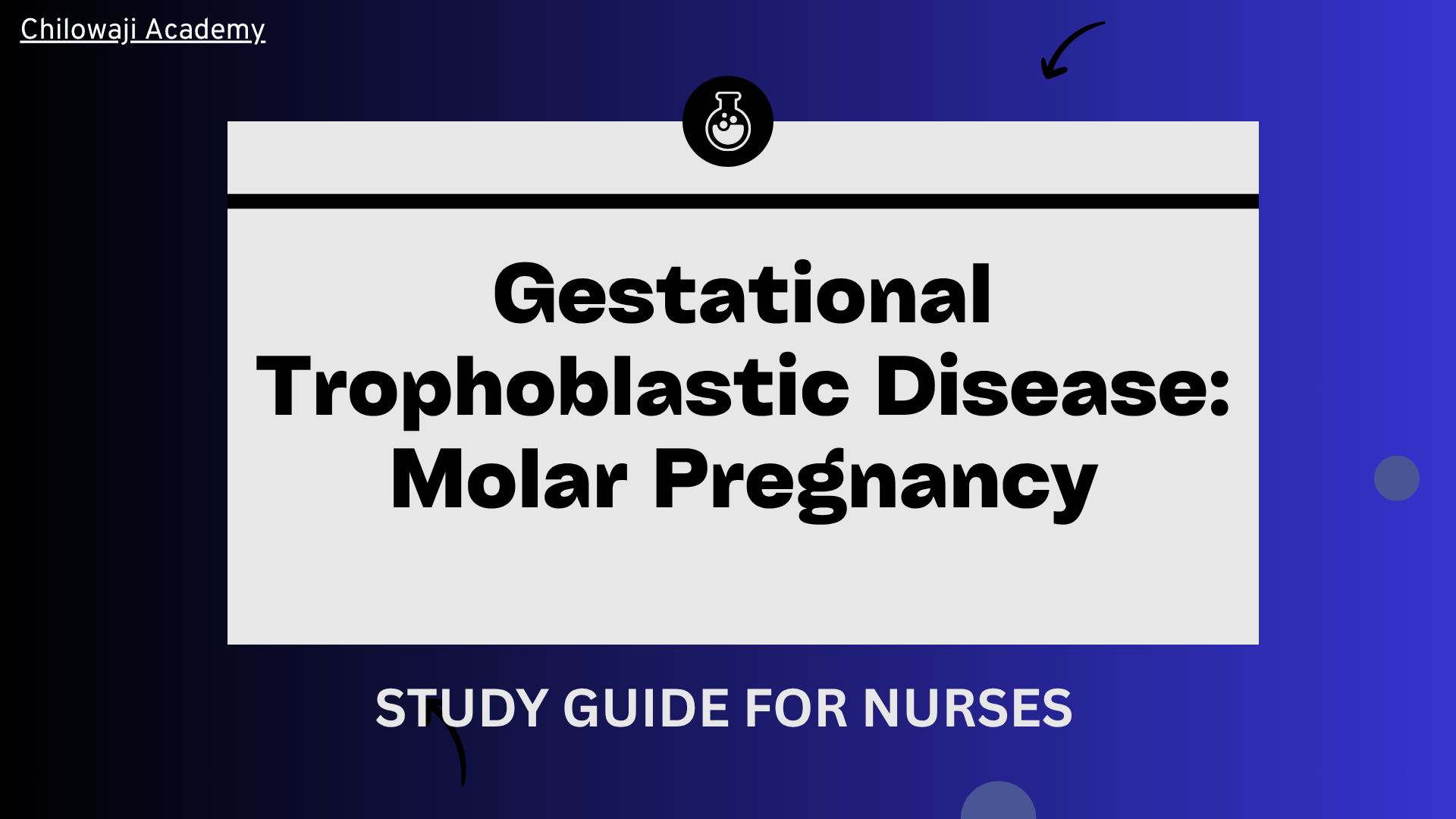What is pneumonia?
Pneumonia is an infectious disease that affects the respiratory system, particularly the lungs. It is commonly caused by bacteria, viruses, or fungi infecting the air sacs in one or both lungs, leading to inflammation and the consolidation of lung tissue.
This inflammatory response results in characteristic symptoms such as cough, fever, difficulty breathing, and chest pain. Pneumonia can present with varying severity, ranging from mild cases that resolve with rest and medication to severe cases requiring hospitalization and intensive medical intervention.
Complications such as pleural effusion, respiratory failure, and sepsis can occur, particularly in vulnerable populations such as the elderly, young children, and individuals with weakened immune systems.
Early diagnosis and appropriate treatment are essential to prevent complications and promote recovery in patients with pneumonia.

Causative Organisms of Pneumonia
Pneumonia, an inflammatory condition affecting the lungs, can be caused by a variety of infectious agents, including bacteria, viruses, fungi, and protozoa. Understanding the diverse range of causative organisms is crucial for accurate diagnosis and appropriate treatment.
Bacteria
- Streptococcus pneumoniae, also known as pneumococcus, is one of the most common causes of bacterial pneumonia. It typically affects individuals with weakened immune systems or underlying health conditions.
- Haemophilus influenzae: While commonly associated with upper respiratory infections, certain strains of H. influenzae can also cause pneumonia, particularly in individuals with chronic lung disease or compromised immunity.
- Staphylococcus aureus: Both methicillin-sensitive (MSSA) and methicillin-resistant (MRSA) strains of S. aureus can cause pneumonia, often manifesting as severe, rapidly progressing infections.
- Mycoplasma pneumoniae: This atypical bacterium is responsible for causing “walking pneumonia,” a milder form of the disease characterized by gradual onset and non-specific symptoms.
- Pseudomonas aeruginosa: Commonly found in hospital-acquired pneumonia cases, P. aeruginosa infections tend to be more challenging to treat due to its resistance to many antibiotics.
Viruses
- Cytomegalovirus (CMV): CMV pneumonia primarily affects immunocompromised individuals, such as those with HIV/AIDS or organ transplant recipients, and can lead to severe respiratory complications.
- Respiratory Syncytial Virus (RSV): RSV is a common cause of pneumonia in infants, young children, and older adults, particularly those with weakened immune systems or underlying respiratory conditions.
Fungi
- Pneumocystis jirovecii Pneumonia (PJP): Formerly known as Pneumocystis carinii pneumonia (PCP), PJP is a fungal infection commonly seen in individuals with weakened immune systems, such as those with HIV/AIDS or undergoing immunosuppressive therapy.
Protozoa
- Mycoplasma pneumoniae: Despite being classified as a bacterium, Mycoplasma pneumoniae is often referred to as “atypical” due to its unique characteristics. It is responsible for causing a type of pneumonia known as “atypical pneumonia,” characterized by milder symptoms and a more gradual onset compared to typical bacterial pneumonia.
Predisposing Factors
Pneumonia can develop as a result of various predisposing factors that compromise the respiratory system’s ability to defend against infectious agents. Understanding these factors is essential for identifying individuals at risk and implementing preventive measures.
- Existing Chest Infection (e.g., Bronchitis): Individuals with pre-existing respiratory infections, such as bronchitis, are at an increased risk of developing pneumonia. The inflammation and compromised airway clearance associated with these infections create an environment conducive to bacterial or viral invasion of the lower respiratory tract.
- Aspiration of Gastric Secretions: Inhalation of gastric contents, particularly in individuals with conditions like gastroesophageal reflux disease (GERD) or impaired swallowing mechanisms, can introduce harmful bacteria into the lungs, leading to aspiration pneumonia.
- Aspiration of Infected Mucus Following Upper Respiratory Tract Infections (URTIs): During upper respiratory tract infections, such as the common cold or influenza, infected mucus may be aspirated into the lower respiratory tract, increasing the risk of secondary bacterial pneumonia.
- Impaired Cough Reflex (e.g., unconsciousness): Conditions that compromise the cough reflex, such as being unconscious due to anesthesia, neurological disorders, or sedative medications, impair the clearance of respiratory secretions, facilitating microbial colonization and pneumonia development.
- Smoking-Related Damage: Smoking damages the epithelial lining of the respiratory tract, impairing its protective barrier function and reducing mucociliary clearance mechanisms. This damage increases susceptibility to respiratory infections, including pneumonia.
- Old Age and Children: Both older adults and young children are vulnerable to pneumonia due to age-related factors. Older adults often have weakened immune systems, while children may have immature immune responses, predisposing them to infections.
- Inhalation of Foreign Material: Inhalation of foreign objects or materials into the respiratory tract can lead to pneumonia, especially if the foreign material becomes lodged in the lower airways, providing a nidus for infection.
- Obstruction of the Respiratory Tract: Respiratory tract obstructions, such as those caused by tumors or growths like cancer, can impede airflow and hinder the clearance of respiratory secretions. This stagnant environment promotes bacterial growth and increases the risk of pneumonia.
- Exposure to Cold Air: Prolonged exposure to cold air can irritate the respiratory tract, impair mucociliary clearance mechanisms, and compromise the integrity of the airway epithelium. This creates an environment conducive to microbial invasion and pneumonia development.
- Immunocompromised State: Individuals with compromised immune systems, such as those with HIV/AIDS, undergoing chemotherapy, or taking immunosuppressive medications, are at heightened risk of developing pneumonia due to their reduced ability to mount an effective immune response against pathogens.
Types of Pneumonia
1. Aspiration pneumonia: Aspiration pneumonia occurs when substances, either from the oral or gastric cavity, are inhaled into the lower respiratory tract, leading to inflammation and infection of the lung tissue. These substances may include bacteria normally residing in the upper respiratory tract, gastric contents, irritating gases, or exogenous chemicals.
- Impairment of lung defenses, such as compromised cough reflexes or altered consciousness, increases the risk of aspiration pneumonia. Once aspirated, these substances can provoke inflammatory changes in the lungs, promoting bacterial growth and subsequent pneumonia development. Aspiration pneumonia is often associated with conditions such as dysphagia, neurological disorders, or altered mental status.
2. Hypostatic Pneumonia: Hypostatic pneumonia occurs in portions of the lungs that are not adequately ventilated due to prolonged immobility or gravitational effects. It commonly affects elderly individuals or those debilitated by disease who remain in the same position for extended periods, such as bedridden patients. Prolonged immobility leads to decreased ventilation of dependent lung areas, allowing respiratory secretions to accumulate and stagnate.
- This stagnant environment creates an ideal breeding ground for bacteria, leading to localized inflammation and infection within the affected lung segments. Prevention of hypostatic pneumonia involves measures to promote mobility, repositioning, and respiratory hygiene in immobile or bedridden patients.
3. Lobar pneumonia: Lobar pneumonia is a specific type of pneumonia characterized by inflammation that may be localized to a single lobe or part of a lobe within the lung. In this condition, there is inflammation of both the interstitial tissue and the alveoli.
Notably, the alveoli contain protein-rich hyaline membranes rather than significant fluid accumulation. Lobar pneumonia typically affects fit, young, and healthy males. If left untreated, the acute inflammation progresses through four distinct stages:
- Congestion: During this initial stage, the affected lobe appears heavy, red, and edematous. This appearance is attributed to the accumulation of exudates within the alveolar spaces.
- Red Hepatization: Within a few days, the lung undergoes a transformation resembling the appearance of the liver. The alveolar spaces become filled with neutrophils, red blood cells, and fibrin, contributing to a liver-like consistency.
- Grey Hepatization: In this stage, the lung adopts a dry, gray, and firm texture due to the lysis of red blood cells and the accumulation of fibrin within the alveoli.
- Resolution: The final stage occurs in uncomplicated cases, where the inflammatory exudates are enzymatically digested and reabsorbed by macrophages or expelled through coughing. Resolution marks the restoration of normal lung architecture and function.
- However, severe cases may progress to complications such as abscess formation or fibrosis. Prompt diagnosis and appropriate treatment are crucial to prevent complications and promote recovery in individuals with lobar pneumonia.
Read more: Bronchiectasis | Cause | Pathophysiology | Signs and Symptoms | Treatment | Nursing Management








[…] Read more: Pneumonia | Causes | Signs & Symptoms | Pathophysiology | Treatment | Nursing Management […]